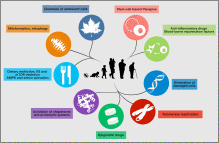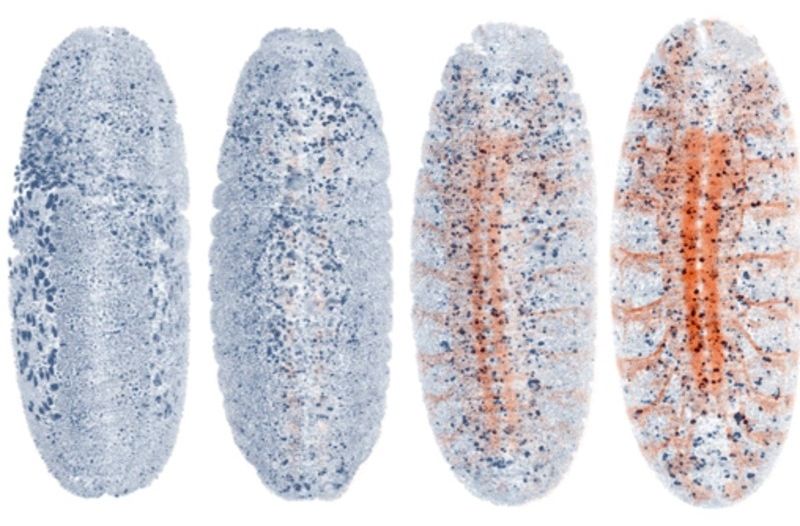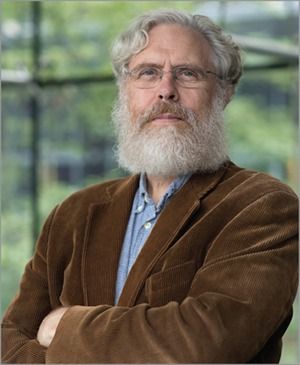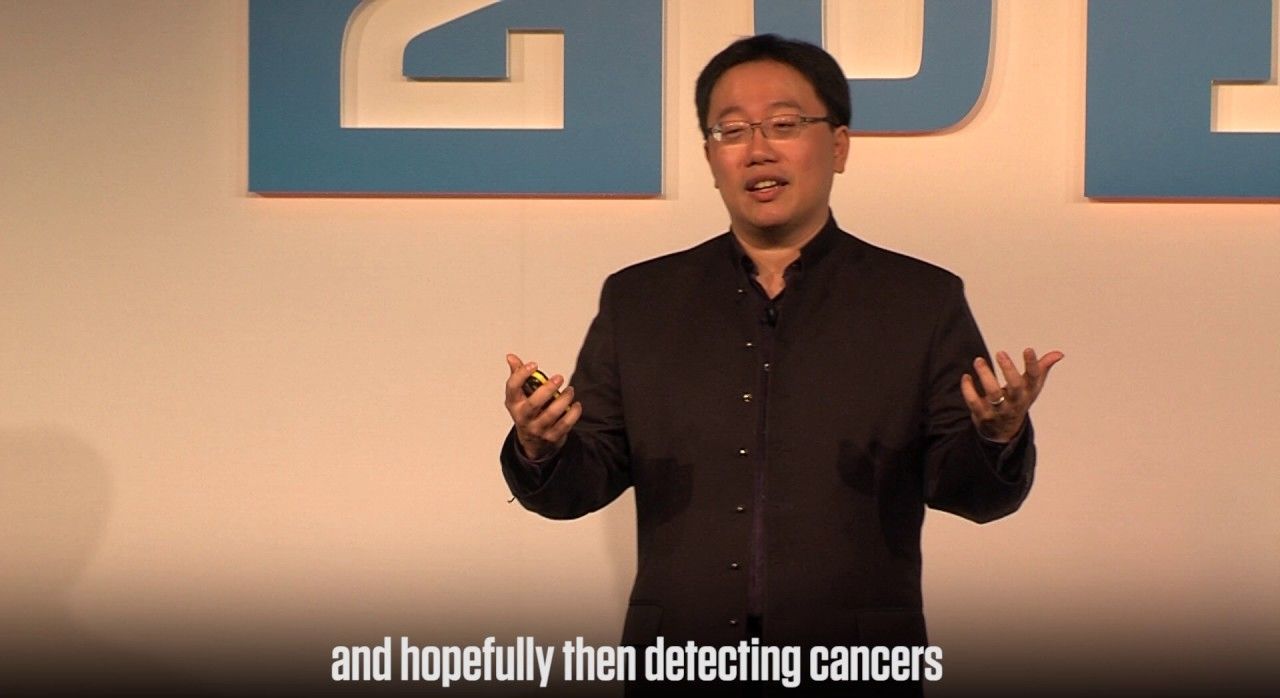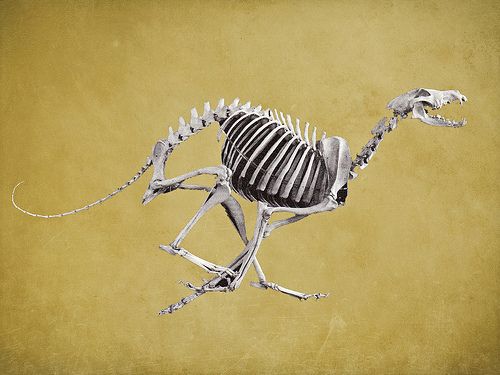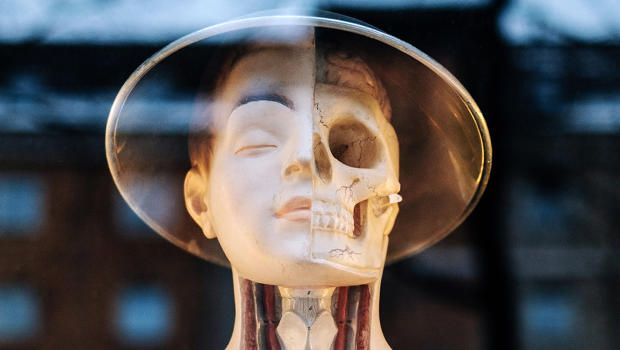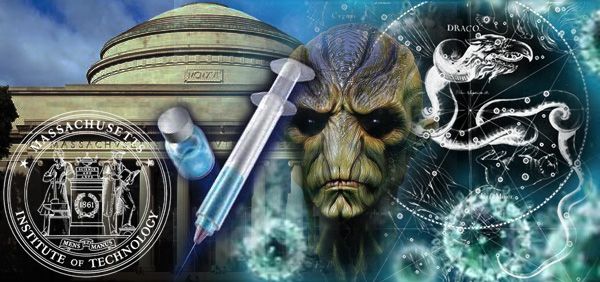Nov 6, 2016
Memories Can Be Inherited, and Scientists May Have Just Figured out How
Posted by Elmar Arunov in categories: biotech/medical, genetics
In Brief:
Our life experiences may be passed on to our children and our children’s children — and now scientists report that they have discovered that this inheritance can be turned on or off.
Epigenetics is the study of inherited changes in gene expression…changes that are inherited, but they are not inherent to our DNA. For instance, life experiences, which aren’t directly coded in human DNA, can actually be passed on to children. Studies have shown that survivors of traumatic events may have effects in subsequent generations.
Continue reading “Memories Can Be Inherited, and Scientists May Have Just Figured out How” »

